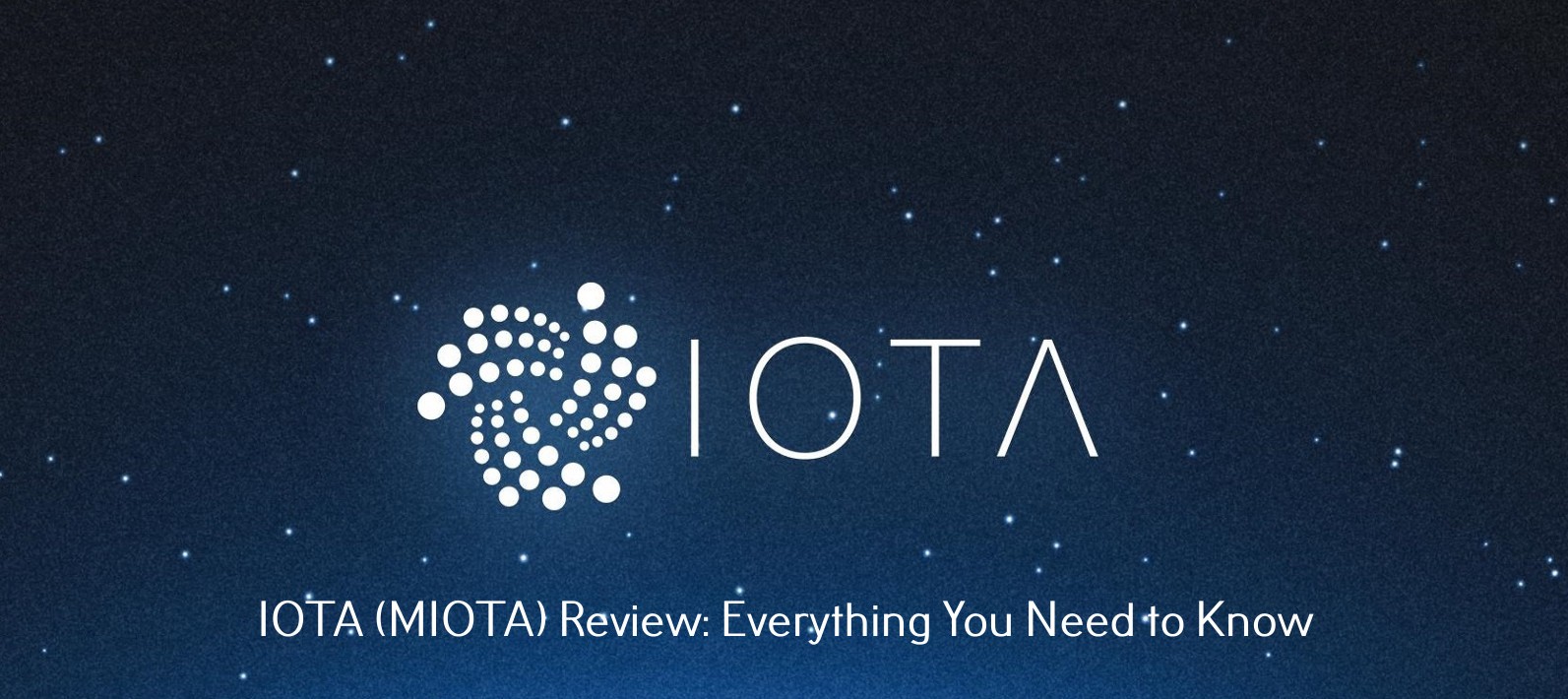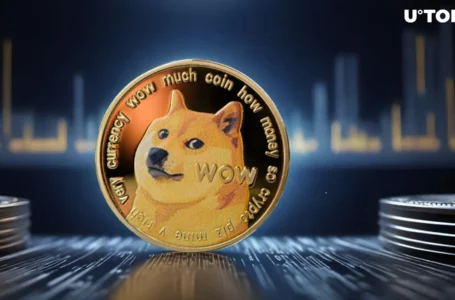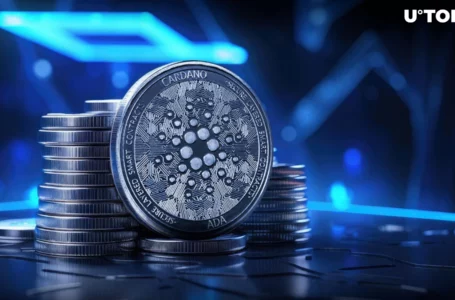
What is IOTA (MIOTA)?
IOTA (MIOTA) is a different kind of cryptocurrency. Unlike competitors, IOTA doesn’t utilize blockchain technology to accomplish its tasks. Instead, the platform relies on various Internet-of-Things (IoT) applications. As such this platform has unmatched scalability and endless use cases in the market.
Notably, the co-founders of the project, Sergey Ivancheglo, Serguei Popov, David Sønstebø, and Dominik Schiener didn’t originally plan to host a cryptocurrency or even a decentralized network for that matter. Instead, IOTA (MIOTA) started off as an IoT hardware chip manufacturer. These systems could record and execute transactions between machines and devices within the Internet-of-Things (IoT) ecosystem.
After recognizing the potential of an IoT network, the firm changed its focus to expanding the decentralized network aspects of this technology. IOTA allows developers to further explore use cases scenarios and different functionalities of IoT and their interfaces. Consequently, IOTA plays a pivotal role in the further adoption of this revolutionary technology.
Internet of Things (IoT)
The Internet-of-Things is a term used to describe the billions of smart devices in the world today. Any device can be made “smart” through the addition of embedded sensors and the ability to communicate with the internet. Interestingly, the IoT concept originated way back in 1982. This is the moment when a group of savvy developers from Carnegie Mellon University decided to add sensors to the campus vending machine.
IoT as its known today took flight in 2008. This was the time that highspeed internet connectivity and “smart” devices became affordable, stable, and fast. Today, IoT sensors allow firms to save millions in monitoring and data transmission costs. These networks are more popular than ever because they streamline and automate critical business systems in ways previously unimaginable.
What Problems Does IOTA Solve?
IOTA (MIOTA) attempts to rectify some glaring issues facing the IoT and blockchain sectors. For one, it provides developers an alternative to blockchain networks for the programming of Dapps. This diversification allows for a better distribution of information.
In its current state, IoT data is very compartmentalized. There is very little exchange in the way of data sharing. However, IOTA introduces standards and provides a reliable and affordable way for all of these devices to leverage other sensors in the network efficiently, This strategy opens the door for some pretty amazing functionalities.
For example, imagine if your smart fridge was able to sense that you were running low on milk. The fridge could then send a request for another gallon either to your smart car or the grocery store’s ordering platform. From there, your smart car could cruise over to the store and pick up your order, or the store could send a drone with your order directly to your doorstep. All of this and more is possible through the advancement of IoT networks. Best of all, you could track everything directly from your smartphone.
Scalability
Scalability is another major issue that IOATA eliminates. The platform’s unique structure means that as more users join the network, the platform becomes faster and more stable. In comparison, today’s blockchains experience slow transaction times and higher fees whenever there is a major influx in users. In 2017, Bitcoin’s network was forced to a crawl due to congestion issues. IOTA’s technology eliminates these concerns because it has the capability to meet the demands of a global economy.
How Does IOTA (MIOTA) Work?
In theory, IOTA is very simplistic. The platform functions as a bridge between IoT devices. Specifically, the network can handle data transmission to and from connected devices in the IoT ecosystem. The network is also able to execute complex, multi-device smart contracts directly. To accomplish this task, the network relies on a new technology known as Tangle.
Tangle
Tangle is the consensus mechanism for IOTA. This protocol functions as a directed acyclic graph (DAG) that gives the network incredible resilience. In a Tangle network, miners are replaced by a central coordinator. This coordinator gathers data from the system of nodes and utilizes it to confirm transaction validity. This code is what makes IOTA one of the fastest and most expansive blockchains ever developed.
Data Marketplace
At the core of the IOTA ecosystem is the Data Marketplace. This is the hub where IOTA sensor developers can securely sell and access active data streams known as MAM (Masked Authenticated Messaging) encrypted data. The goal of the decentralized data market place is to make MAM data available to any compensating party.
Best of all, this data is being collected and traded in real-time. Programmers can make highly responsive applications using this data. Additionally, this strategy is far more efficient than separate sensors attempting to sell data via their own offerings. It organizes this vast sensory system in a way that is conducive to future expansion.
Benefits of Investing in IOTA (MIOTA)
There are a ton of benefits users get when they invest in IOTA. For one, the design of the network eliminates all transaction fees. Additionally, the network is very fast. Combined, IOTA has near-unlimited scalability. It’s also far more energy-efficient than blockchain-based cryptocurrencies.
How to Store IOTA (MIOTA)
IOTA investors enjoy a nice selection of storage options. If you are a casual trader that only seeks to dabble in IOTA trading at this moment, you may find that the most convenient option is to leave your crypto on your exchange.
A better alternative is to consider a reliable mobile wallet. Mobile wallets are the most popular crypto storage method currently because of their convenience. Additionally, most of these platforms charge no download fees. Some of the best mobile wallet options for IOTA include GUI Light and the Nostalgia Light Wallet.
If you seek to make a major investment in IOTA or if you are planning on HODLing this crypto for long periods of time, a hardware wallet is the best option. Hardware wallets keep your crypto stored offline in “cold storage.” This strategy makes it impossible for online threats to access your holdings. The Ledger Nano S or the more advanced Ledger Nano X both support IOTA.



















